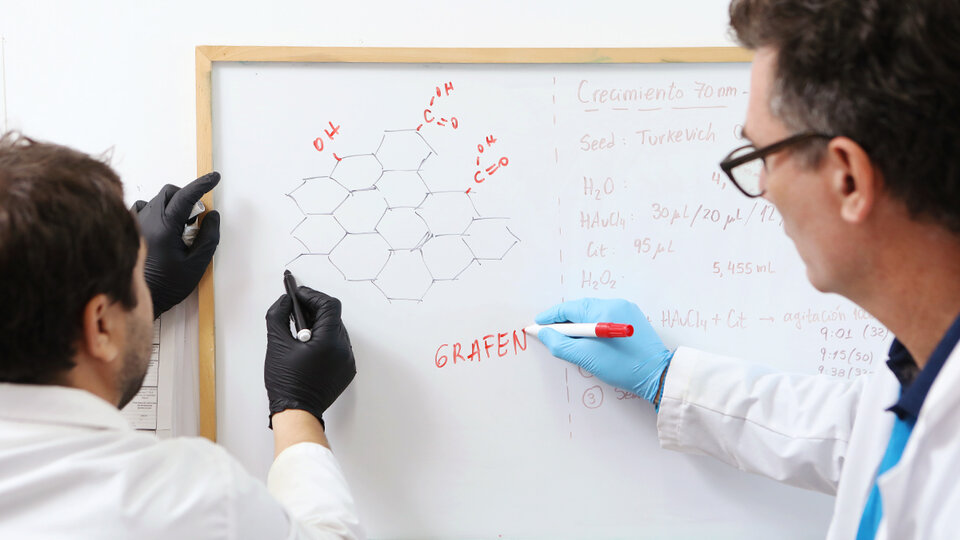Scientists from the National University of Cuyo (UNCUYO), the National University of La Plata, Conicet and the Bariloche Atomic Center have developed a sensor for detecting iron in white wine. This mineral contained in grapes and found naturally in the drink can have negative effects on quality and flavor if its concentration exceeds the expected parameters. Although the tool is in the laboratory phase, the researchers do not rule out its commercialization in the future.
The sensor works with a tiny fluorescent material that quantifies the iron present in the wine. “The nanomaterial enters with a certain amount of light and the iron decreases. By measuring how much that emitted light was extinguished, we can calculate its presence in the drink“, account Mauricio Llaveris part of the research team of the Interdisciplinary Institute of Basic Sciences, dependent on Conicet and UNCUYO.
To optimize its performance, they first used the tool in river, dam and tap water, until they calibrated it and confirmed its effectiveness. Although the amount of iron can be detected during the winemaking process, this is ideally done when the product is ready.. This is because this metal is often added unintentionally through the use of instruments without proper maintenance. When the wort circulates through them, iron can transfer into the drink and impair its quality.
In addition, experts work on two more lines of research. First, they’re trying to get a sensor to detect iron in red wine. “So far we have only been able to analyze white wines due to the fact that the chemical composition is much simpler.. In addition, we have an optical property of the material that has to do with the light it receives and the light it emits. Precisely in red there are many molecules that absorb light, acquire color and interfere with our measurements”, explains Llaver.
On the other hand, are working on the design of a tool that detects other components that can be contaminants, such as mercury, lead, arsenic and thallium. In turn, the aim is to complement these sensors with artificial intelligence to simultaneously identify different compounds and simplify data analysis through algorithms.
“We have the advantage that the technique we use is very accessible, much cheaper than others that are usually used to determine these elements. Then, what we are looking for is a wide application with a tool that costs much less than the usual ones”, highlights the scientist.
Argentina is the fifth largest wine producer, behind Italy, France, Spain and the United States. The country has 215,169 hectares cultivated in 18 provinces and more than 23,000 vineyards in production. According to the National Institute of Viticulture, in 2020 1,237 wineries were registered. It is a sector that generates 146 thousand direct jobs and 240 thousand indirect jobs. Of the total production, 75% is sold in the domestic market, while the remaining 25% goes to the foreign market. In 2022, exports of wines and musts exceeded 700 million dollars.
